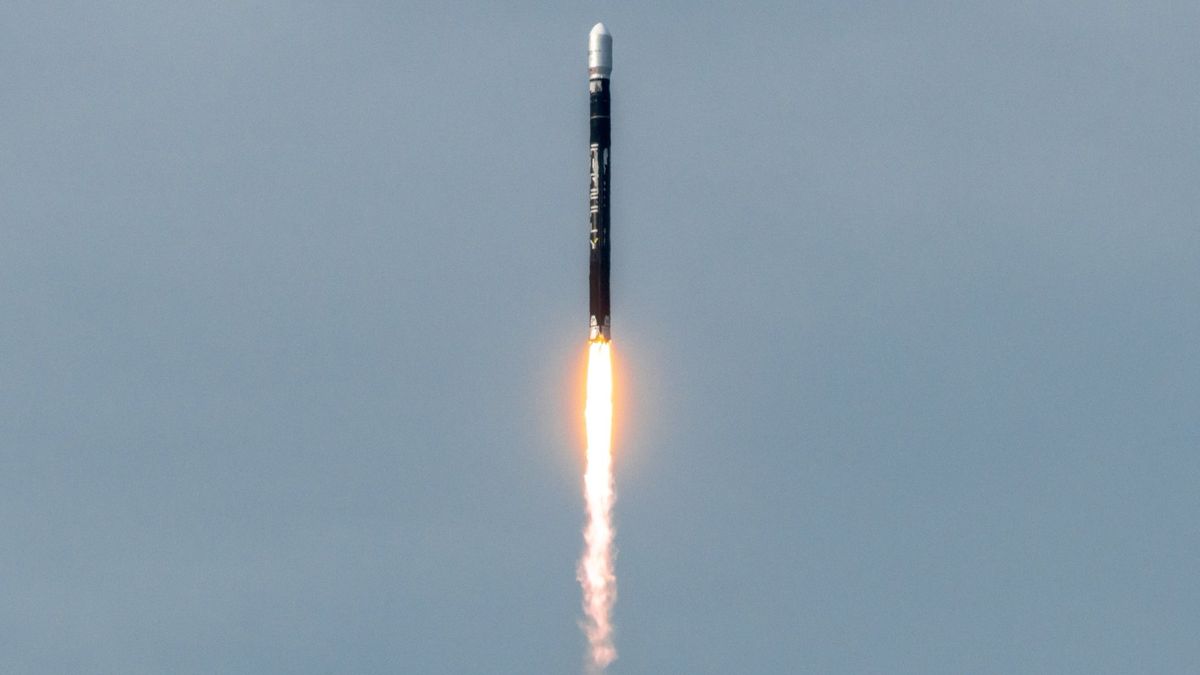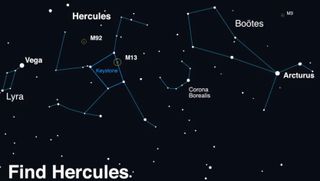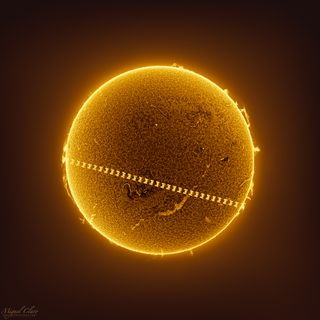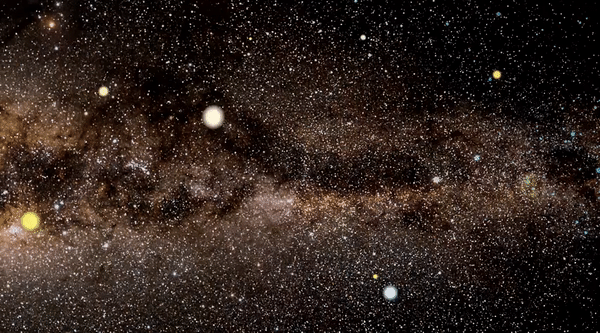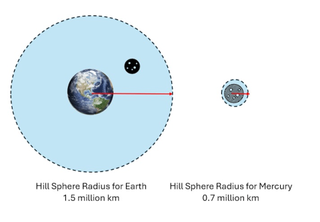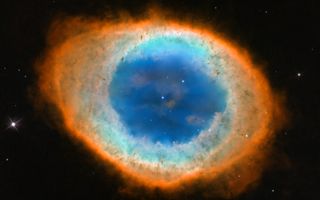Firefly Aerospace’s Alpha rocket will fly for the fifth time ever early Tuesday morning (July 2), and you can watch the action live. The mission, which Firefly calls “Noise of Summer,” is scheduled to launch from California’s Vandenberg Space Force Base at 12:03 a.m. EDT (0403 GMT; 9:03 p.m. on July 1 local California time). Firefly will host a launch webcast with NASASpaceflight.com, beginning 30 minutes before liftoff. Space.com will carry it here and on our home page, courtesy of Firefly and NASASpaceflight. “Noise of Summer” will send eight cubesats…
Read MoreCategory: The Moon
Our moon
Once-in-a-lifetime star explosion, visible from Earth, could happen any day now
If you’ve always wanted to witness a stellar explosion, your time is about to come. T Coronae Borealis, also known as T CrB (pronounced tee-core-bore) or the “Blaze Star,” is on the precipice of a massive explosion — one that should be visible from Earth. According to calculations by Brad Schaefer, Professor Emeritus of Astronomy at Louisiana State University, along with data from amateur astronomers affiliated with the American Association of Variable Star Observers (AAVSO), the nova should occur within a few months of May 2024. T CrB is a binary…
Read MoreSee the sun rage behind the ISS in epic time-lapse photo
Miguel Claro is a professional photographer, author and science communicator based in Lisbon, Portugal, who creates spectacular images of the night sky. As a European Southern Observatory Photo Ambassador and member of The World At Night and the official astrophotographer of the Dark Sky Alqueva Reserve, he specializes in astronomical “Skyscapes” that connect both Earth and the night sky. This image shows the silhouette of the International Space Station (ISS) as it crosses in front of the sun’s disk at a distance of 274 miles (441.5 km) from us and at a speed of about 4.5 miles…
Read MoreMars Odyssey celebrates 100,000 orbits, captures epic view of solar system’s largest volcano
NASA’s Odyssey spacecraft, the longest-running mission at Mars, circled the Red Planet for the 100,000th time today, the mission team announced in a statement. To celebrate the milestone, the space agency released an intricate panorama of Olympus Mons, the tallest volcano in the solar system; Odyssey captured the view in March. The volcano’s base sprawls 373 miles (600 kilometers) near the Martian equator while it soars 17 miles (27 kilometers) into the planet’s thin air. Earlier this month, astronomers discovered ephemeral morning frost coating the volcano’s top for a few…
Read MoreIt’s International Asteroid Day, and astronomers have much to celebrate
Today, astronomers and space lovers around the world are collectively marveling at our mercurial presence in the universe, particularly as we drift the cosmos amid large asteroids like the one that wiped out the dinosaurs 66 million years ago. June 30 marks Asteroid Day, a holiday observed annually to reflect on the prospect of a planet-destroying space rock striking Earth and what scientists are doing to mitigate that risk. The day is observed on the anniversary of the 1908 Tunguska event in Russia, when a space rock about half the…
Read MoreThe new space race: International partnerships (op-ed)
Charles Bolden served as the 12th NASA Administrator, making him only the second astronaut to hold that position. Bolden is the Founder & CEO Emeritus of The Charles F. Bolden Group Ambassador Stuart Holliday served as United States Ambassador for Special Political Affairs at the United Nations (2003-2005) after the President’s nomination and the Senate’s confirmation. Holliday is CEO of Meridian International Center, a leading non-partisan institution advancing global security and prosperity through effective leadership and diplomacy. President Joe Biden’s announcement in April 2024 that Japanese astronauts will join an…
Read MoreWhat are rogue planets?
A rogue planet is a world that has been ejected from the planetary system in which it originally formed. Because rogue planets do not orbit a parent star, they are cast adrift into interstellar space. On their meanderings, rogue planets are pulled toward whatever large, gravitationally attractive body they happen to pass by. Most rogue planets are ejected during the early stages of planetary formation when planetary systems are more chaotic and there is more interaction among planets, David Bennett, a senior research scientist at NASA’s Goddard Space Flight Center,…
Read MoreThis Week In Space podcast: Episode 117 —A Home on the Moon
On Episode 117 of This Week In Space, Rod Pyle and guest co-host Isaac Arthur talk with Evan Jensen of ICON Build about 3D printing habitats on the moon and one day Mars. For decades we’ve seen images of huge glass domes on the moon and Mars, but the reality of building settlements off-Earth is likely to look much different. This week we’re joined by Evan Jensen of ICON Build, a company that, in just a few years, has created housing across Texas via 3D printing. Now, in association with…
Read MoreWhy do some planets have moons? A physics expert explains why Earth has only one moon while other planets have hundreds
On Earth, you can look up at night and see the moon shining bright from hundreds of thousands of miles away. But if you went to Venus, that wouldn’t be the case. Not every planet has a moon – so why do some planets have several moons, while others have none? I’m a physics instructor who has followed the current theories that describe why some planets have moons and some don’t. First, a moon is called a natural satellite. Astronomers refer to satellites as objects in space that orbit larger bodies. Since a…
Read MoreThe gorgeous Ring Nebula makes a stunning skywatching sight this week
I would suppose that just about any good book on astronomy would contain a photograph of what might best be described as the “smoke ring” of the sky. Others might call it a doughnut or a cosmic bagel, but the popular name for this object is simply the Ring Nebula, located in the constellation of Lyra, the Lyre. Although generally considered a summer constellation, Lyra, it is still very well placed for viewing, now more than two weeks into the autumn season. Head outside this week at around 10 p.m.…
Read More